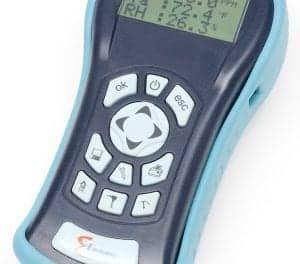Asynt, Isleham, UK, has released an updated version of its best practice guide for the safe use of laboratory heating blocks.1
Used by laboratory scientists worldwide, heating blocks provide a safe, convenient, and productive tool for heating round-bottomed flasks, tubes, and vials. Typically used in combination with a standard hotplate stirrer, heating blocks are proven to provide superior heat-conducting properties compared to oil baths. They also pose a lower fire risk, and leave no residual oil contamination on the outside of the reaction vessel.
“Our original best practice guide was written in conjunction with internationally respected experts from the University of St Andrews department of chemistry and Advanced Chemical Safety Inc,” says Ffion McKeague, PhD, technology manager at Asynt. “The 2020 best practice guide for laboratory heating blocks has been updated with new, improved illustrations and technical data to lead you through best practices for glassware inspection, setting up your reaction, heating your reaction, and the postreaction cooldown phase.”
For further information, visit Asynt.
Reference
1. A Safety Guide for Using Laboratory Heating Blocks [online]. Isleham, UK: Asynt, 2020. Available at: www.asynt.com/product/best-practice-guide. Accessed April 26, 2020.





